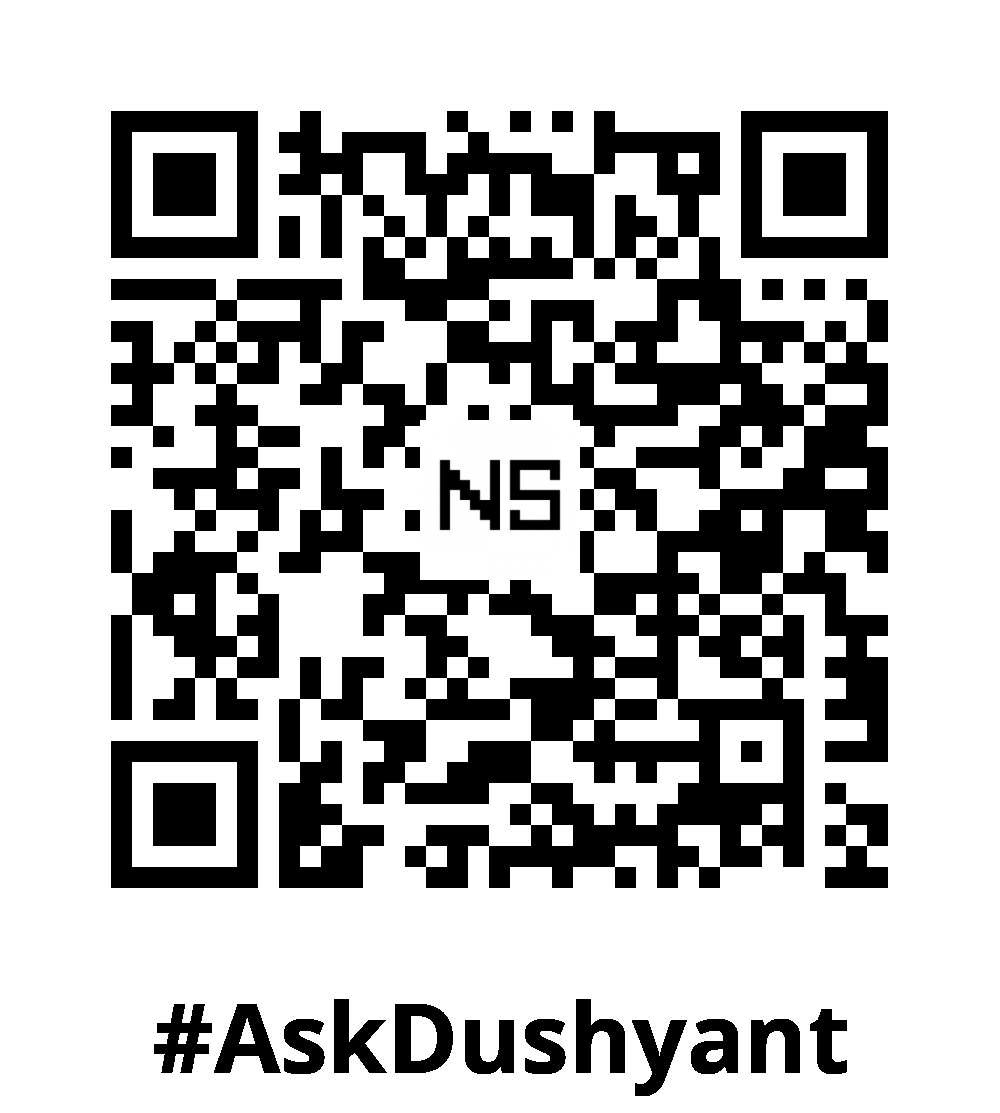As a tech advisor, I’ve observed many tech startups neglecting the fundamental concept of writing clean code. In their rush to make their products market-ready, they often produce code that is so cluttered and poorly organized that only the original developer can understand it. This approach can lead to catastrophic failures later on. Tech companies should view writing robust, clean code; similar to the blueprint for creating concrete bridges or real-world structures. Just as any mismanagement in the early blueprint stage can result in structural failures, as we’ve seen with recent bridge collapses in Bihar, Any poor code quality can have dire consequences too. Clean code is not merely about adhering to syntax rules; it’s a craft that elevates code from functional to exceptional. At its core, clean code is about readability, maintainability, and efficiency. By prioritizing these attributes, developers create a codebase that is not only understandable to others but also a joy to work with.
Why Clean Code Matters
In the fast-paced world of software development, the importance of clean code cannot be overstated, A Clean code helps in:
- Reduces Bugs: Well-organized code with clear logic and structure minimizes the likelihood of errors and simplifies the debugging process.
- Improves Collaboration: Readable code is easier for team members to understand and contribute to, fostering better collaboration.
- Enhances Maintainability: Clean code is simpler to modify and extend, making it more adaptable to changing requirements and easier to maintain over time.
- Boosts Performance: Efficiently written code can lead to better performance and resource utilization.
Principles of Clean Code
To write clean code, consider the following principles:
- Consistent Coding Standards
Adhering to a consistent style guide is fundamental. This includes:- Indentation: Use spaces or tabs consistently to improve readability.
- Naming Conventions: Use meaningful, descriptive names for variables, functions, and classes.
- Commenting: Write comments to explain the purpose of code, not the how. Comments should provide context and rationale.
- Modularization
Break down complex problems into smaller, well-defined functions or modules. This approach offers several benefits:- Reusability: Smaller, independent functions can be reused across the codebase.
- Testability: Modular code is easier to test since each function can be verified independently.
- Understandability: Smaller chunks of code are easier to understand and reason about.
- Meaningful Naming
Choose names that convey the purpose of the variable, function, or class. Avoid generic names liketemporfoo. For instance:- Instead of
x, useuserCount. - Instead of
processData, usefilterUserData.
- Instead of
- DRY Principle (Don’t Repeat Yourself)
- Avoid duplicating code. Reuse functions or create new ones when you find repeated patterns. This not only reduces redundancy but also makes the code easier to maintain and update.
- Error Handling
Implement robust error handling to make your code resilient. This includes:- Try-Catch Blocks: Use these to manage exceptions and prevent crashes.
- Validation: Validate inputs to functions and handle invalid data gracefully.
- Logging: Log errors for troubleshooting without overwhelming the code with excessive log statements.
Techniques for Writing Clean Code
Here are some practical techniques to help you write cleaner code:
- Refactoring
Regularly refactor your code to improve its structure and readability. Refactoring should not change the code’s behavior but should enhance its internal structure. - Code Reviews
Participate in code reviews to get feedback from peers. This process helps catch issues early and fosters a culture of quality and continuous improvement. - Pair Programming
Engage in pair programming sessions. This collaborative technique encourages knowledge sharing and often results in cleaner, more efficient code. - Automated Testing
Write automated tests to verify the functionality of your code. Tests ensure that your code works as expected and provide a safety net for future changes.
My Tech Advice: In the ever-evolving tech landscape, developers mastering multiple tech stacks must prioritize clear clean code writing. Writing clean code is an art that demands attention to detail, a commitment to best practices, and a willingness to continuously improve. By focusing on readability, maintainability, and efficiency, you can create a codebase that is robust, adaptable, and enjoyable to work with. Whether you are a seasoned developer or just starting out, embracing these principles and techniques will help you master the art of writing clean code. 🧑🏻💻
#AskDushyant
#CleanCode #CodingBestPractices #SoftwareDevelopment #CodeQuality #Readability #Maintainability #Efficiency #ModularCode #ErrorHandling #DRYPrinciple #Refactoring #CodeReviews #AutomatedTesting #DeveloperTips #Programming #SoftwareEngineering


Leave a Reply